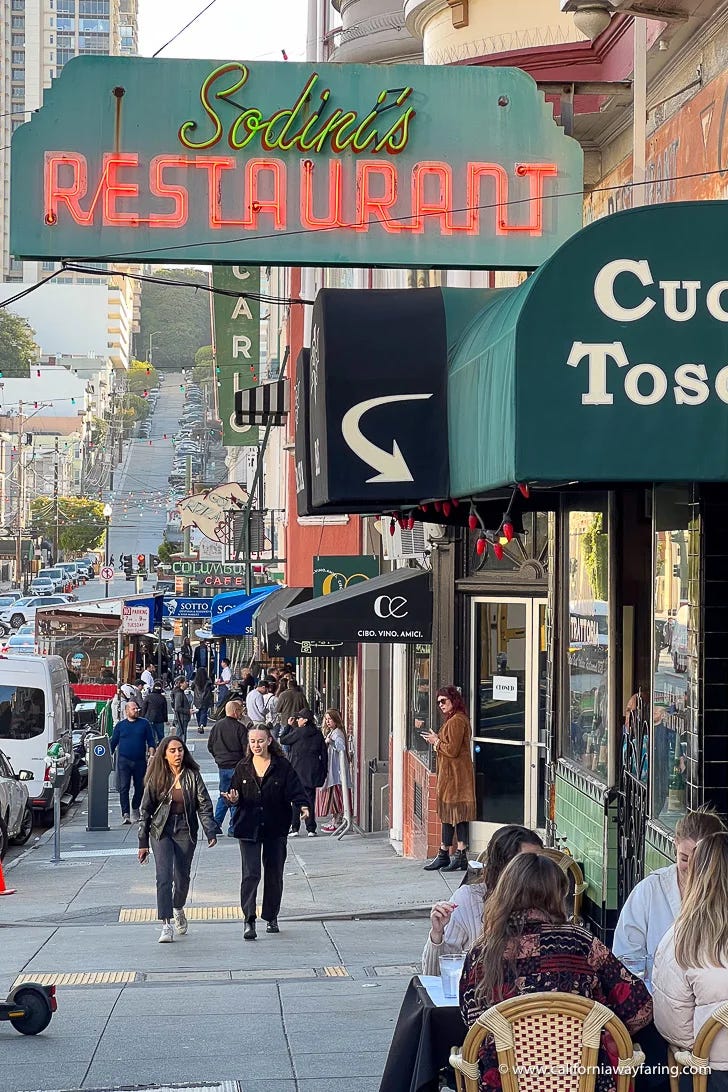Neighborhood Spotlight: 5 Highly Walkable Neighborhoods in the Bay Area
Walkability is one of the most requested lifestyle factors I hear from Bay Area buyers. Here are five neighborhoods where it truly defines daily life. It is about convenience, connection, and a neighborhood that feels alive around you. Being able to step out your front door for coffee, stroll to a farmers market, or walk to dinner on a Tuesday night changes the rhythm of daily life.
And here is the catch: in the Bay Area, walkability usually goes hand in hand with density, and that often means condos and flats. The good news? That is where the market is shifting. In San Francisco, condo-heavy neighborhoods are showing signs of a comeback after a slower stretch. In the East Bay, condos are still moving more slowly, which gives buyers room to breathe.
Why Walkability Adds Value
Walkability is not just lifestyle, it is equity. Homes in highly walkable neighborhoods consistently sell for more and hold their value better during market slowdowns.
Studies from Walk Score have shown that a one point increase in Walk Score can add close to 1 percent to a home’s value. In the Bay Area, that translates into tens of thousands of dollars.
When daily errands, schools, coffee shops, and transit are within blocks, a neighborhood is easier to live in, and that demand translates directly into higher home values.
Here are five neighborhoods where walkability is not just possible, it is the defining trait:
1. North Beach / Nob Hill (San Francisco) — Walk Score: 99
This is the heart of classic San Francisco. North Beach feels like a slice of Europe, with cappuccinos on every block, corner markets, and Italian restaurants that have been around for decades. Nob Hill brings more prestige, with historic condos and co-ops wrapped around iconic landmarks. Parking is a headache, but most residents barely notice because everything you need is right outside your door.
2. Mission Bay / South Beach (San Francisco) — Walk Score: 87
Waterfront living defined by modern condos and high-rises. Here you can jog along the Embarcadero, catch a game at Oracle Park, or meet a friend for dinner, all on foot. Technically very walkable, though it feels more planned than organic compared to older neighborhoods. After a slower stretch, condos here are starting to attract more attention as rents climb and buyers return to city living.
3. Rockridge (Oakland) — Walk Score: 90
A true “village within the city.” College Avenue is lined with coffee shops, groceries, boutiques, and BART access. Homes here are some of the priciest in Oakland, which makes condos and smaller units the practical way to get in. People pay the premium because the walkability is unmatched in the East Bay.
4. Temescal (Oakland) — Walk Score: 95
Telegraph Avenue sets the tone here: a lively strip of restaurants, bars, and shops with an artsy, youthful energy. Buyers who choose Temescal usually value vibrancy and connection over quiet streets, and condos and mixed-use developments have made that lifestyle more accessible in recent years.
5. Elmwood (Berkeley) — Walk Score: 93
College Avenue shows up again, this time with Berkeley charm. Elmwood has a small-town feel with independent bookstores, historic houses, and cafés that spill out onto the sidewalks. It is a neighborhood where the walkable lifestyle feels both cozy and timeless.
Walkability is not just about skipping the car. It is about choosing a life where connection and convenience are built in. And yes, it usually means condos. The upside? Walkability also adds long-term value. San Francisco’s condo market is showing early signs of strength, while East Bay condos are still offering breathing room. For buyers who want lifestyle and investment, the timing is right.
I will be starting to do more neighborhood spotlights. If there is a specific neighborhood you are curious about, let me know. I am happy to give you the rundown.


